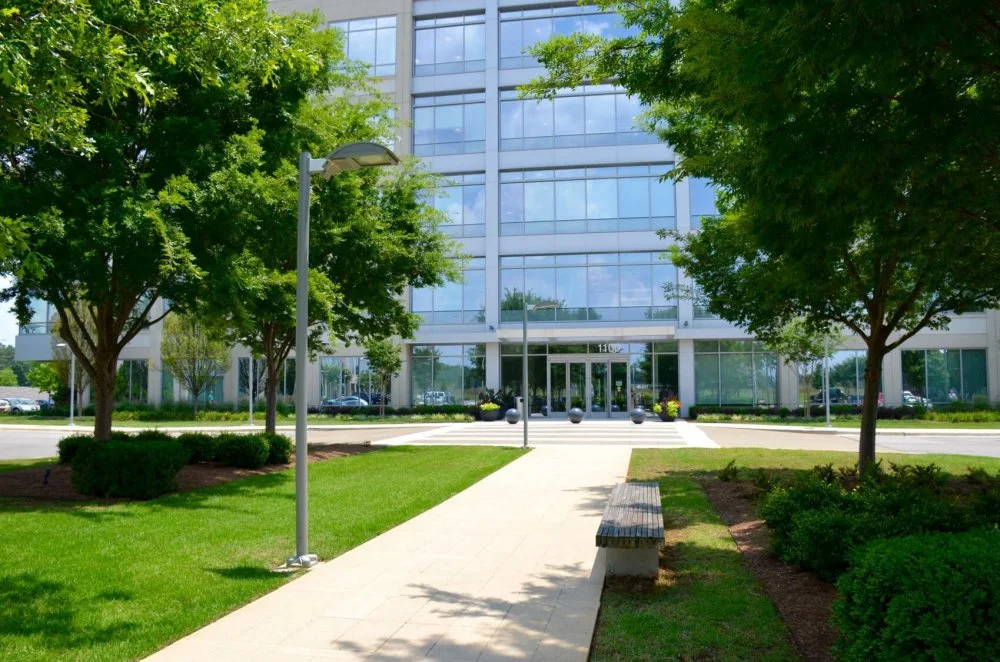How to Fix a Stressed Lawn

With football season in full-swing and the holiday season knocking on our doors, we know stress levels are surging across the South. But if you take a minute to look beyond your never ending to-do list, you may find that you’re not the only one feeling the stress. It may not induce nail-biting habits or increased sugar cravings like our human stressors, but your lawn could actually be experiencing shade stress.
Shade stress occurs when turf-grass doesn’t receive the necessary amount of sunlight to produce optimal plant growth. Unfortunately, most turf-grass used in commercial lawns has high light requirements, making it all the more difficult to get a thick and healthy lawn in areas where direct sunlight is filtered by plant or tree canopies.
There’s good news though! If your lawn is suffering from shade stress, the below remedies will help to reduce the symptoms and get your lawn on the mend in no time.
For Partly Shaded Areas:
In filtered or partly shaded areas there are a few things we can do to increase the health of the turf-grass:
- We recommend pruning or thinning the tree canopy, if possible, to increase the level of light reaching the plants.
- Limit traffic in shady areas to avoid damage to the crown of the plant.
- Since the turf’s root depth is limited in shaded areas, we suggest watering more frequently to keep the shallow root zone moist. Keep an eye on the irrigation schedule, though, and be sure not to overwater!
- Avoid excess nitrogen. We know this sounds counter-intuitive, but too much fertilizer encourages top growth, which limits root growth.
- Increase mowing height to create more surface area (leaf surface) to absorb the available light.
For Deeply Shaded Areas:
The best option for deeply shaded areas is to alter the design of the landscape by creating more bed space for shrubs, plants and perennials. Not only is this the most economical option, but it also the most aesthetically pleasing solution.
Lastly, keep in mind, as with any stressed plant, turf in shaded areas will be more susceptible to fungal diseases. Your Landscape Workshop team can help determine if preventative fungicide treatments are necessary, as well as identify opportunities to enhance your landscape in shade stressed areas.



































